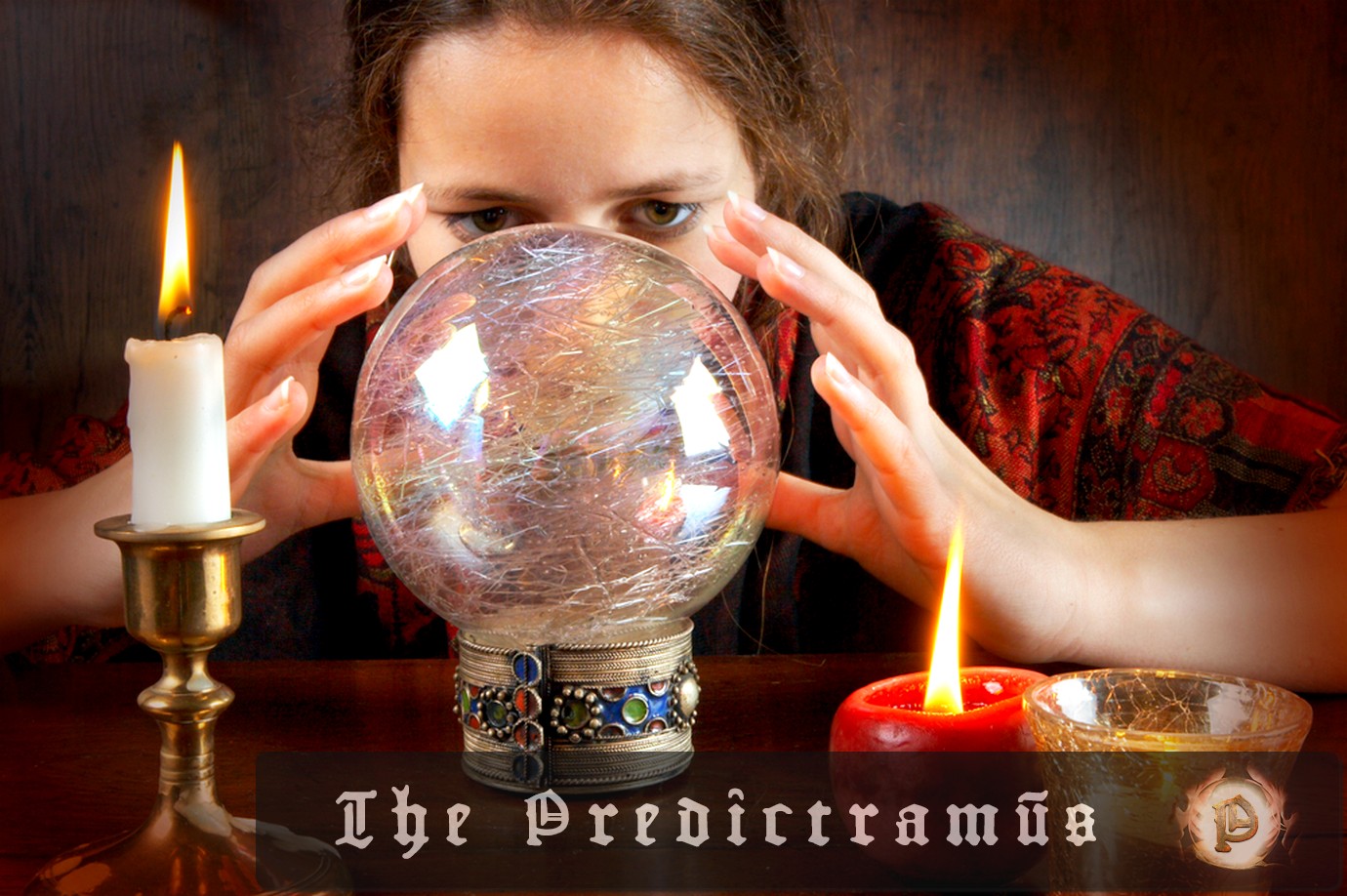Two private companies, Intuitive Machines and Firefly Aerospace, have successfully landed their spacecraft on the moon as part of NASA’s Commercial Lunar Payload Services program. While Intuitive Machines’ Athena lander experienced technical difficulties and landed on its side, Firefly Aerospace’s Blue Ghost lander touched down safely, marking a significant milestone in private lunar exploration. The…
Science on The Soothsayer / page 29
Researchers have discovered hundreds of erupting volcanoes on Jupiter’s moon Io, with high-resolution images revealing dozens of massive lava lakes. These lakes are significantly larger than their Earthly counterparts and offer valuable insights into the moon’s volcanic activity and magma movement. The findings are expected to shed light on the plumbing system that powers Io’s…
Researchers in Australia have developed a nanosensor that can detect the onset of gestational diabetes with 95% accuracy. The superparamagnetic “nanoflower” sensor uses specially engineered nanoparticles to isolate and detect biomarkers in the blood associated with complications in early pregnancy. This technology has the potential to revolutionize risk assessment and improve clinical decision-making in obstetric…
Thousands of scientists, researchers, and advocates gathered on the National Mall in Washington, D.C. to protest federal employee firings and proposed funding cuts by the Trump administration. The rally, one of 32 events across the country, aimed to promote science and defend federal support for research. Participants expressed concern over the potential threat to scientific…
Physicists in Austria have successfully verified a long-predicted phenomenon from Einstein’s special theory of relativity, known as the “Terrell effect.” This effect states that objects moving near the speed of light will appear rotated to an external observer. Researchers used a laser and an ultrafast stop-motion camera to capture the rotation of a sphere and…
A global network of small, Wi-Fi-enabled telescopes has enabled hobby astronomers to contribute to astronomical research, discovering hundreds of asteroids, comets, and exoplanets. The network, led by the French company Unistellar, has expanded its reach through partnerships with nonprofits and universities, making it accessible to communities worldwide. This collaborative effort has transformed the way people…
Astronomers using the James Webb Space Telescope have observed the black hole at the center of the Milky Way galaxy, Sgr A*, to be constantly flickering with superbright flares. The observations, which lasted for hours at a time over the course of a year, revealed a “constant bubbling” in the disk’s light that changed every…
Researchers at Northwestern University have discovered a unique structure within the mantis shrimp’s dactyl club that filters out harmful frequencies, preventing damage to its own tissues. This finding could lead to the development of advanced protective materials for military and civilian applications. The team’s research used ultrasonic techniques to investigate surface and bulk wave propagation…
Researchers at Ohio State University have developed a device called “e-Taste” that can deliver virtual tastes by squirting chemicals onto the tongue. The system uses five edible chemicals to mimic flavors ranging from cake to coffee, with an overall accuracy of nearly 87% in a recent study. The team envisions applications in immersive gaming and…
Researchers from the University of Minnesota Twin Cities have developed an optical sensor that can measure the impact of radiative heat inside buildings, a crucial aspect of maintaining occupant comfort and energy efficiency. The sensor uses low-resolution, low-cost infrared sensors to measure the longwave mean radiant temperature, eliminating the need for expensive and bulky radiometers…










